The 1748 Benjamin Curtiss House sits on a quiet corner, its only close neighbor the Pootatuck River that glides into Lake Zoar. It’s a far cry from this couple’s previous place, a hilly road that became a truck route. Jean Sander spends a lot of time gardening and was driven to distraction by the noise of brakes. “We moved to get some peace and quiet,” she says.
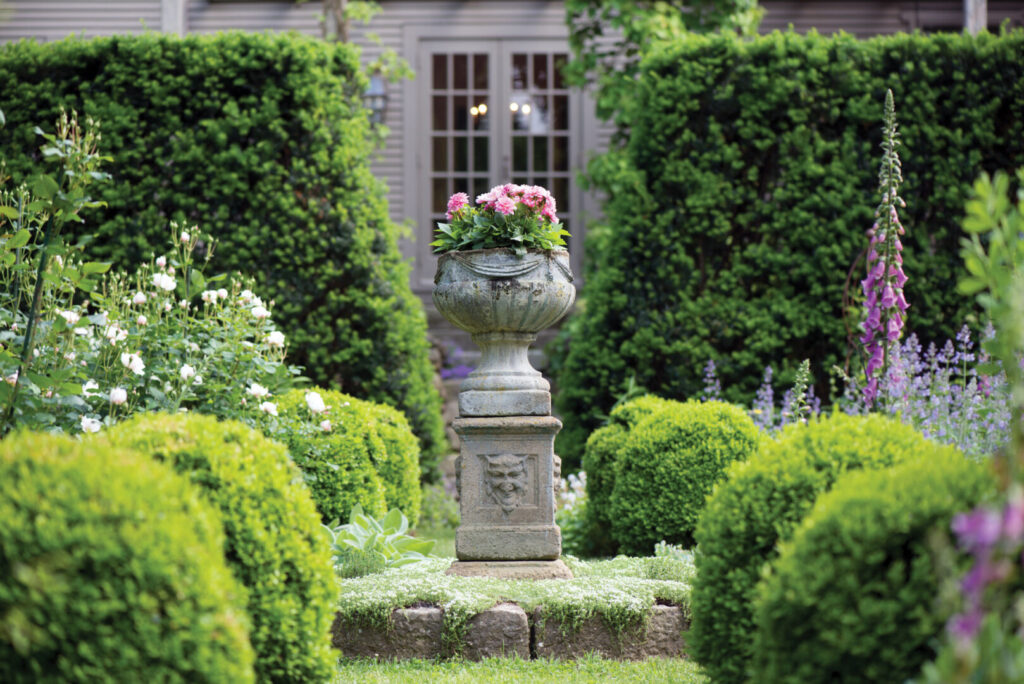
Kindra Clineff
As a former landscape designer, Jean knew exactly what she wanted outdoors: space to embrace her far-flung family, in a setting to include her collection of antique garden ornaments. She wanted to bring back views of the river.
The first job was to install a stone wall as a sound barrier. It stands five to six feet high, depending on which section, and also lends privacy. “I wanted lichen-encrusted stones with character,” Jean says; she approved the stone before delivery. A deer fence protecting yew hedges and roses is an additional buffer.
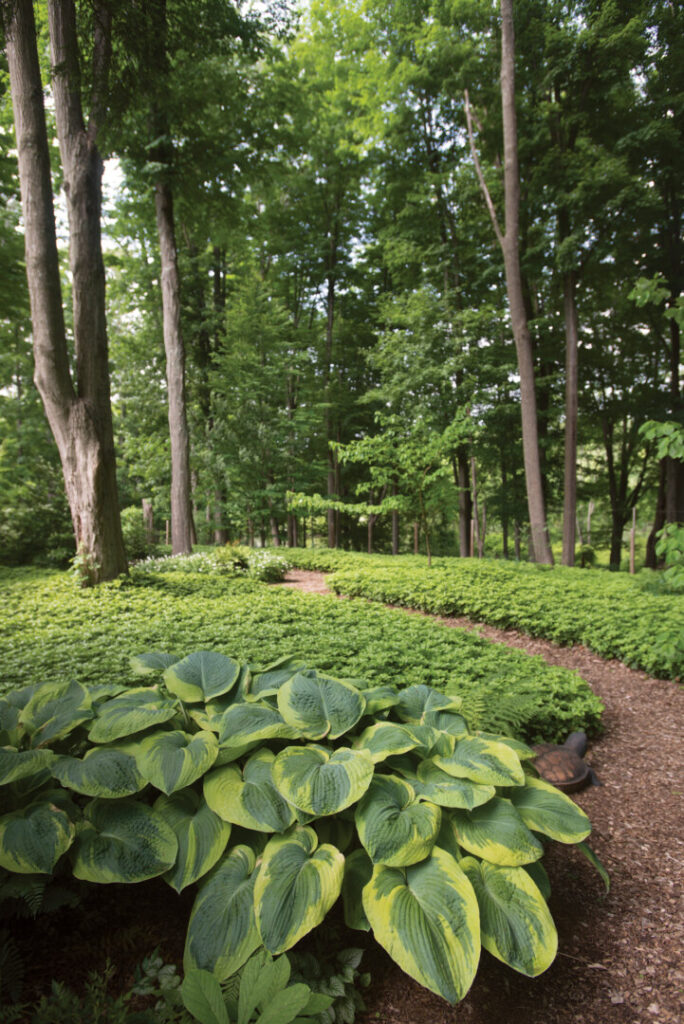
Kindra Clineff
Early on, the Sanders planted trees and large shrubs, replacing unhealthy maples with yellowwood, beech, stewartia, heptacodium, halesia, and katsura to form a woodland running along the river’s edge. Over time, they planted 45 trees and 285 shrubs, with rhododendrons and viburnums forming an understory below the canopy. A stroll along winding paths is punctuated by seating areas, statuary, and birdhouses on poles.
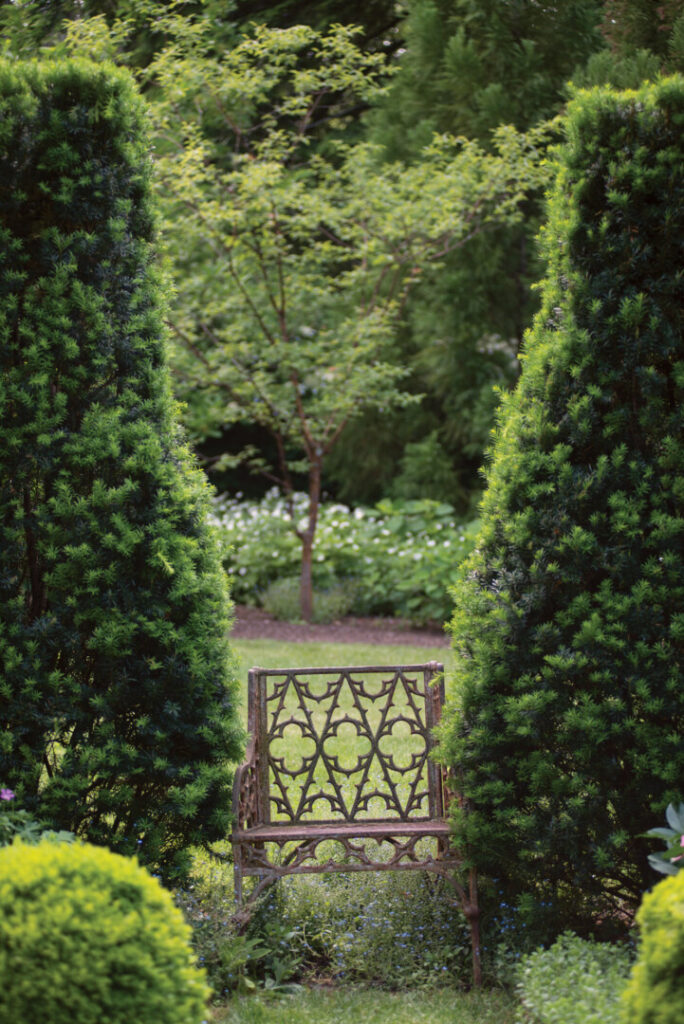
Kindra Clineff
Faced with a yawning, empty field outside the kitchen, Jean created ambitious period gardens. The formal, English-manoresque design is embraced by yew hedges. A pergola was built behind the house, wrapped now in shade-giving climbing hydrangea. Jean created a transition between the pergola and the large formal garden with a pair of intimate outdoor anterooms, using hedges to create partitions. Quadrants billow with David Austin ‘Heritage’ roses. Lettuce poppies, purple toadflax, nepeta, phlox, alliums, and foxgloves also populate the lush scene, joined by a collection of wrought-iron vintage furniture, urns, pedestals, and birdbaths from Jean’s days as an antiques dealer.
See the house: Antique Dealers Restore a Historic House
Focal points in the garden
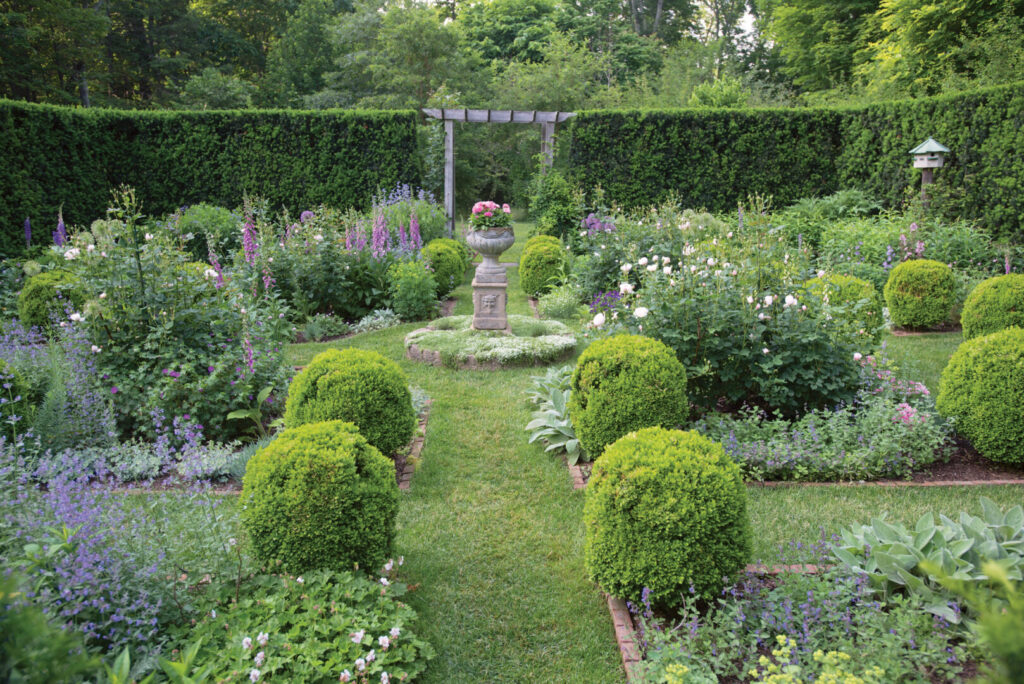
Kindra Clineff
Incorporating artifacts into the garden was second nature for Jean Sander. Here are some of her suggestions for hosting antiques in outdoor spaces.
• Urns make great focal points. In addition to front and center, place them to direct the eye beyond the foreground.
• Raised birdhouses form a mid-height segue between a tree and perennials below. In winter, cover antique ones with plastic bags tied tightly around the poles.
• Place birdbaths beside a tree where birds can hop for safety or wait for their chance to splash. Before frosty weather, flip the bowl over so it doesn’t collect ice and crack.
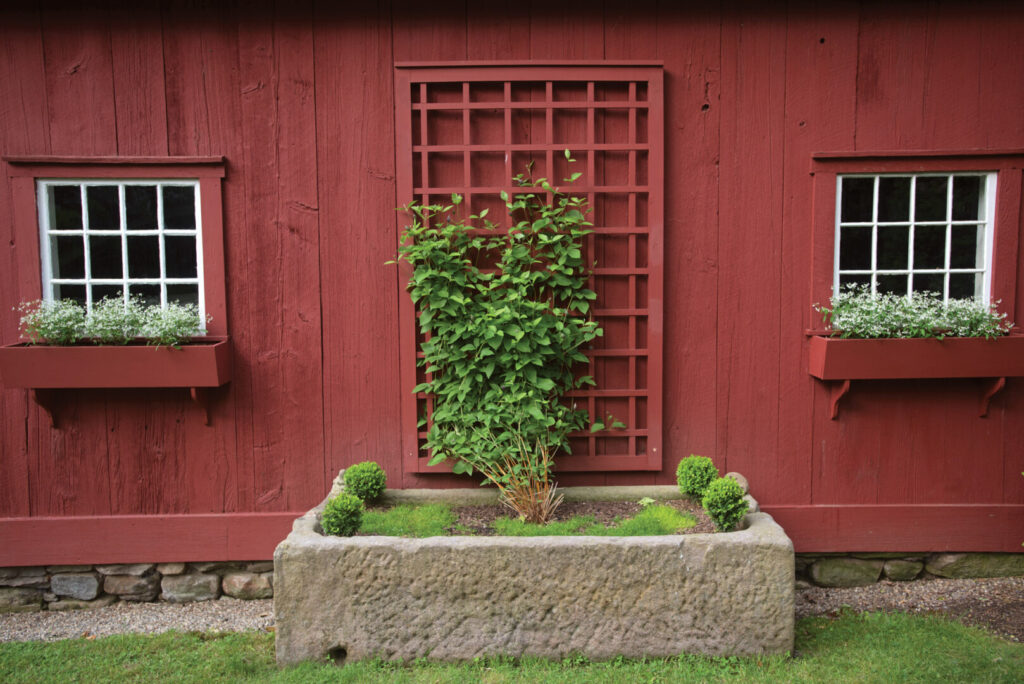
Kindra Clineff
• Use stone antiques to add a textural component to complement leaves and fronds.
• Cement objects stand out against greenery, especially in a shadowy corner needing definition.
• Staddle (or steddle) stones make good pedestals, especially for troughs. Late in fall, remove some soil from the top and lay on a log of firewood or a thick tree branch, to absorb moisture, then cover with slate. Even stone may crack from freezing and thawing water.
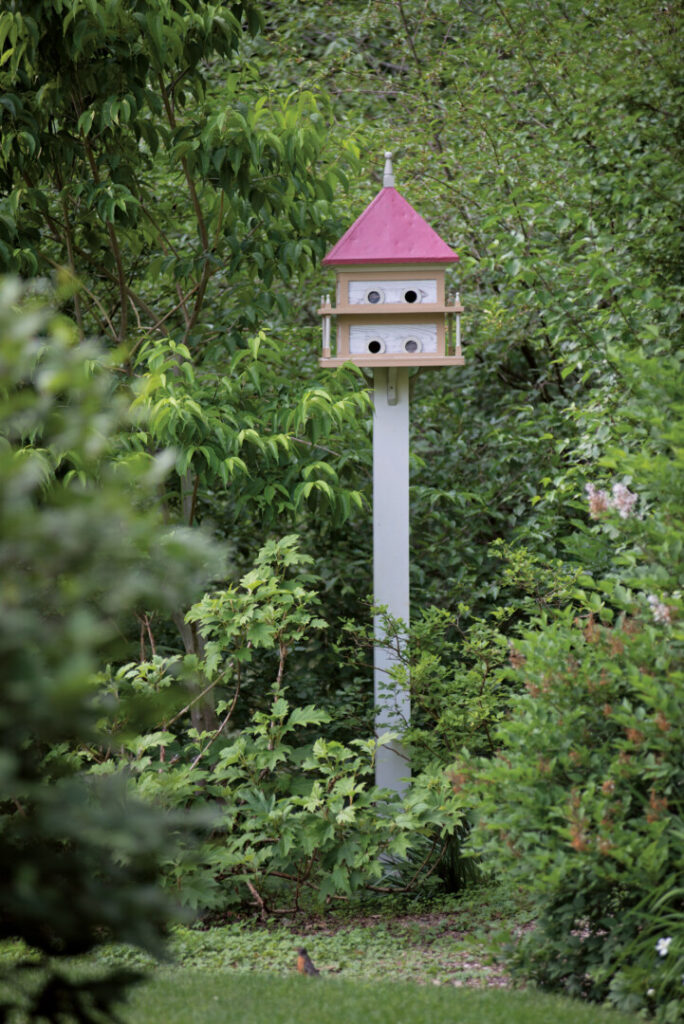
Kindra Clineff
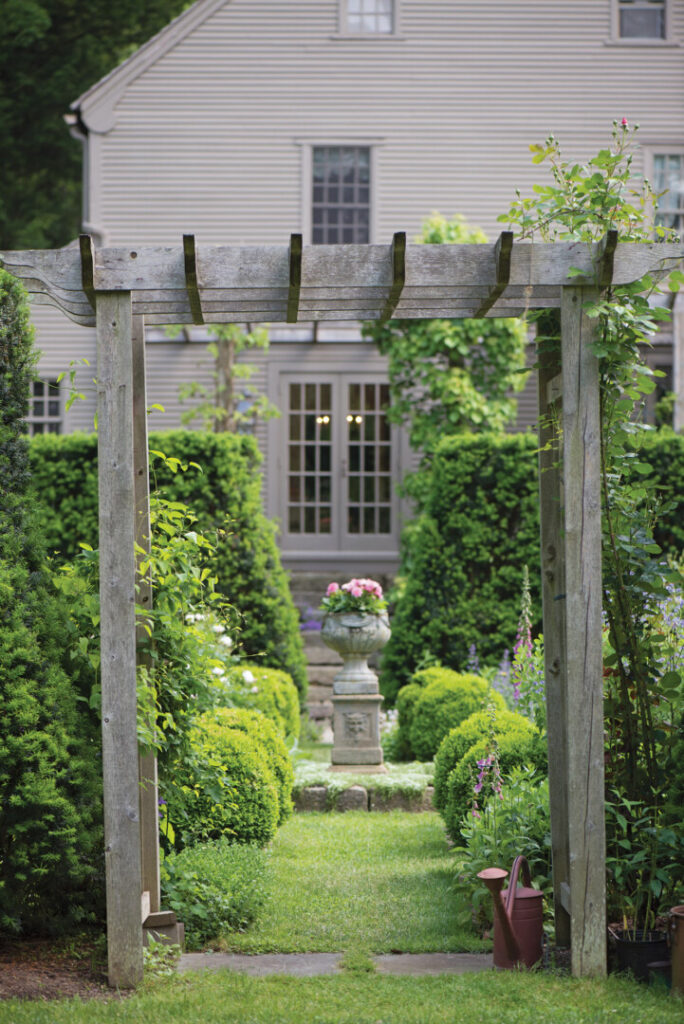
Kindra Clineff
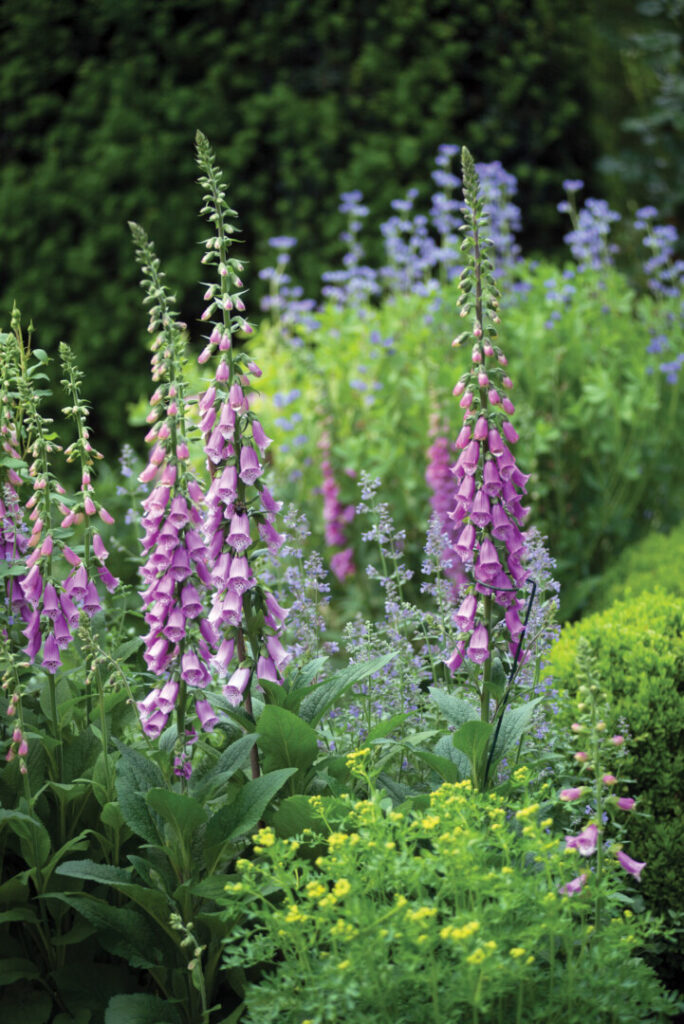
Kindra Clineff







